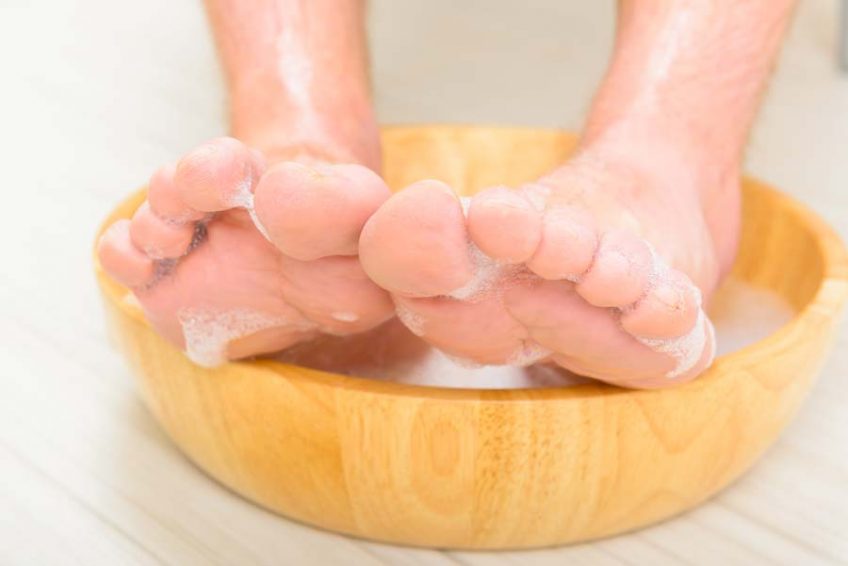Bunions, which form when the bones of the big toe joint (1st metatarsophalangeal or MTP joint) move out of place and the toe moves to point at the other toes while the metatarsal moves towards the inside of the foot. The joint can become enlarged and the bursa over the big toe can become inflamed and look red and swollen. If the bunion progresses, the big toe can push the second toe out of position or cross over it. Luckily, with the help of an orthopedic doctor, you can correct the positioning of your big toe . You can also reduce the pain they cause by modifying your habits. To help you find relief, here are a few simple ways to manage bunion pain.
Prevention
Preventing a bunion is always better than trying to treat one. While some bunions may be hereditary or due to inflammatory conditions like rheumatoid arthritis, many are caused by wearing shoes that are too narrow and force your foot to conform to the shape of the shoe. Avoid wearing narrow, tight, pointy shoes. Also avoid high heels which can cause increased pressure in the big toe joint.
How to Relieve Pain Caused By Bunions
-
Change Your Shoe Width
If you already have a bunion start by changing your shoes. Choose shoes that are wide enough to fit your foot without having to squeeze into them. Make yourself a simple shoe sizer by tracing your bare feet while standing on a piece of paper. Measure the widest part of your larger foot and cut an index card to that width. Hold the sizer up across the bottom of your shoes and make sure your shoe is at least that wide.
-
Choose Shoes That Are The Same Shape As Your Foot
Don’t try to fit a wide square-shaped foot into a narrow pointy shoe. Matching the shape of your shoe to your foot helps decrease the chances that the shoe will deform your foot.
-
Select Soft Materials
Select shoes made of soft material that conform and stretch. Soft leather and microfibers are good choices.
-
Avoid Seams
Avoid shoes with seams over the bunion. Seams will cause pressure and increased pain.
When to See an Orthopedic Doctor
If changing shoes does not help see an orthopedic surgeon for full evaluation. Your orthopedist will order X-rays to determine the severity of the bunion and check for any associated arthritis. They may recommend orthotics or toe spacers for you to wear. Nonsteroidal anti-inflammatory medications (NSAIDs) may be prescribed to decrease pain, swelling and inflammation. There are several different surgical procedures used to treat bunions. Your orthopedic surgeon will evaluate you and select the most appropriate surgical treatment for your bunion if it is needed. Surgery will realign the bones and soft tissues to restore your big toe to the correct position.
If your bunion-related discomfort persists, talk to the professionals at Advanced Orthopaedic Associates in Wayne, NJ. These orthopedic doctors utilize a two-step treatment method by diagnosing and alleviating pain while providing preventative tips to help you avoid recurrences.

